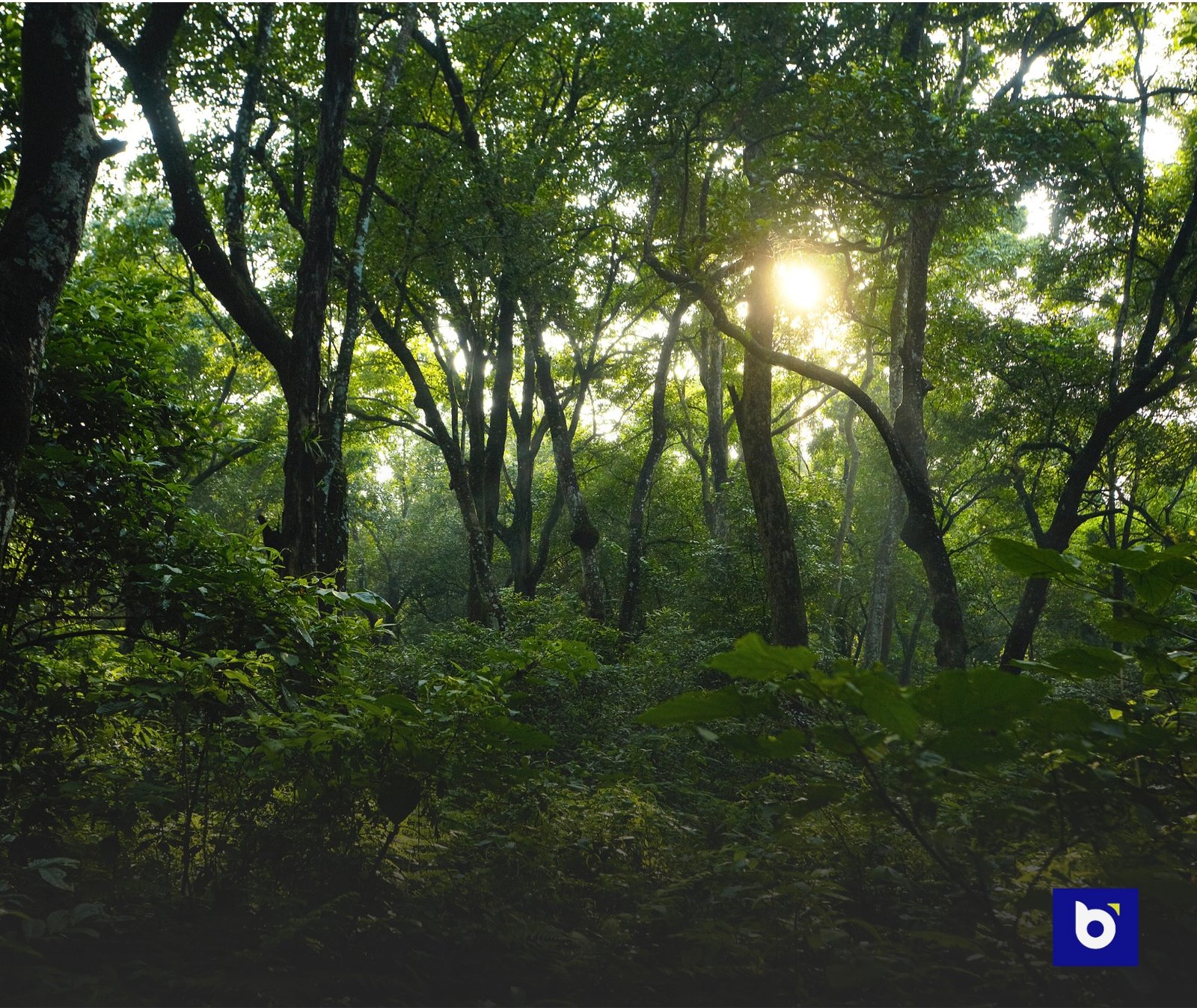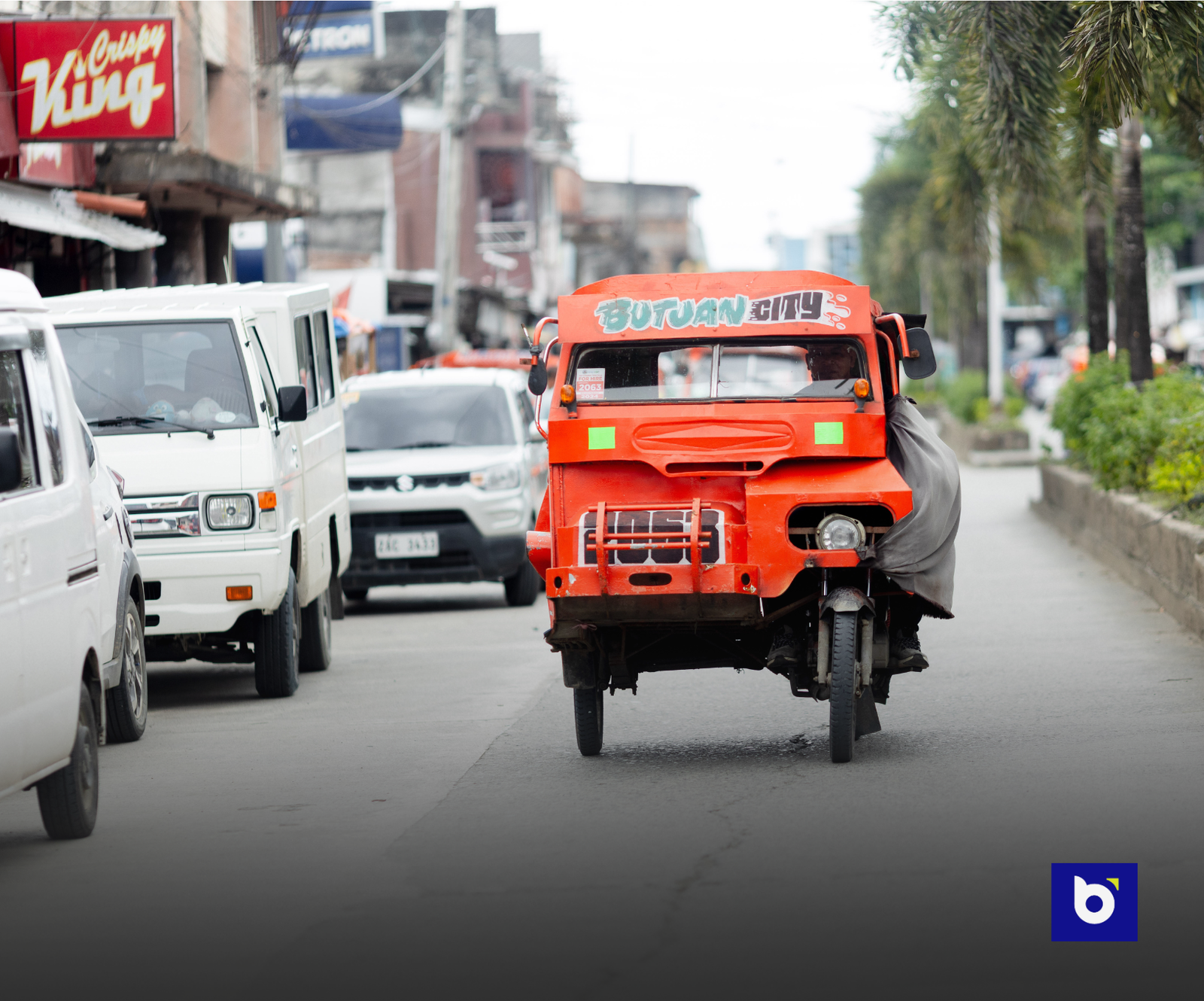Butuan City is laying the groundwork for a more deliberate, inclusive economy through the adoption of its comprehensive Forestland Use Plan—a strategic document designed to bring clarity, purpose, and investment readiness to a landscape that spans over 82,000 hectares.
For decades, many of Butuan’s outlying barangays—such as Anticala, Pianing, Mahayahay, Dulag, Bit-os, and other upland communities—faced practical barriers to development. Limited road access and uneven infrastructure made it difficult to integrate these areas into the city’s broader economic life. Producers often depended on inconsistent transport, restricting their ability to participate in higher-value markets or attract meaningful investment.
This is now changing in substantial ways. In recent years, Butuan has prioritized the construction and improvement of arterial road networks linking rural barangays to commercial centers, logistics hubs, and processing zones. This includes the phased development of large-scale corridors—such as the planned eight-lane logistics highway—which, once fully operational, will streamline movement of goods without relying exclusively on older, congested routes through the downtown core.
Why is this significant?
A functioning value chain relies on more than just production. It requires consistent infrastructure to connect farm-level output to processing, storage, and distribution. In the past, even high-potential crops—cacao, coconut, root crops—suffered from spoilage or poor pricing because producers had no reliable way to move harvests at scale.
Today, improvements in connectivity mean that farmers in barangays like Pianing or Anticala can deliver produce to aggregation points and processing facilities in the Taguibo Agro-Industrial Economic Zone within predictable timeframes. This changes the economic equation. With reliable transport, smallholders can access cold storage, comply with quality standards, and negotiate better terms with buyers. Investors, in turn, see reduced friction and greater potential to scale operations sustainably.
The Forest Land Use Plan adds another layer of predictability. By designating areas for protection forest, production forest, and alienable and disposable lands, the city provides a transparent framework for land stewardship and development. Investors gain clarity on where activities such as agroforestry, sustainable timber production, or regenerative agriculture can proceed with clear legal guidance.
While some observers point to a perceived lack of large projects in the traditional urban core, it is important to understand that Butuan is not defined by downtown alone. It is a city of 86 barangays, many of which have historically been underserved. Over the past nine years, strategic budgets have been allocated to connect these communities—an approach that has reshaped local economies and contributed to broad public support in the most recent elections.
Key priorities moving forward include:
- Finalizing and operationalizing the logistics corridors to ensure all barangays can move goods efficiently.
- Supporting agro-industrial investments in zones like Taguibo, where processing and storage facilities can anchor value-added supply chains.
- Promoting training and capacity-building so rural producers can participate competitively.
- Upholding environmental commitments by maintaining protection forest zones and integrating sustainable practices.
This combination of infrastructure, land-use clarity, and inclusive planning positions Butuan as a city ready for serious, long-term investment.
In the years ahead, these foundations will stand as evidence that Butuan means business. An economy rooted in transparency, connectivity, and shared prosperity is not a concept on paper—it is an emerging reality, transforming what progress can look like across Mindanao’s most promising growth corridor.



